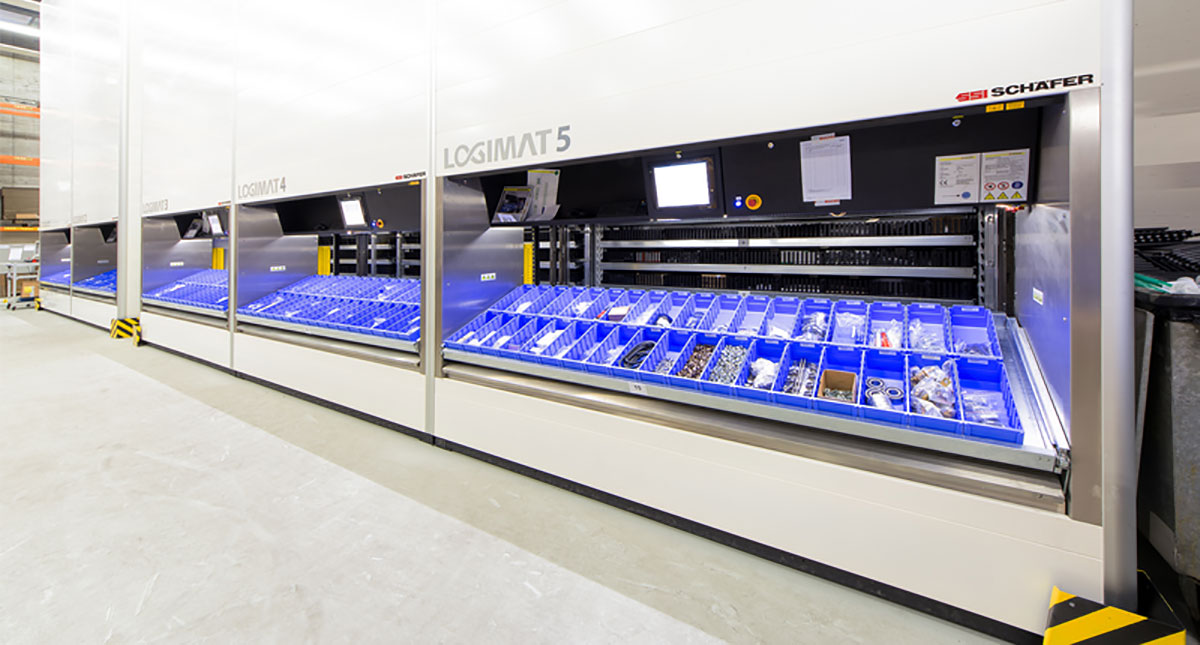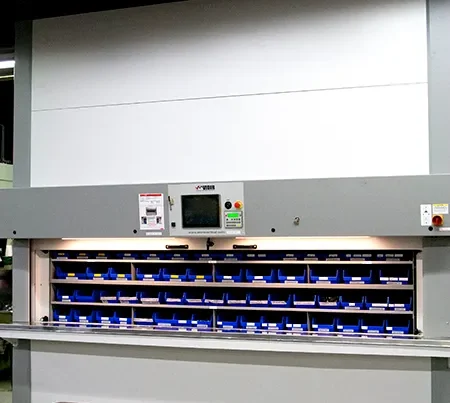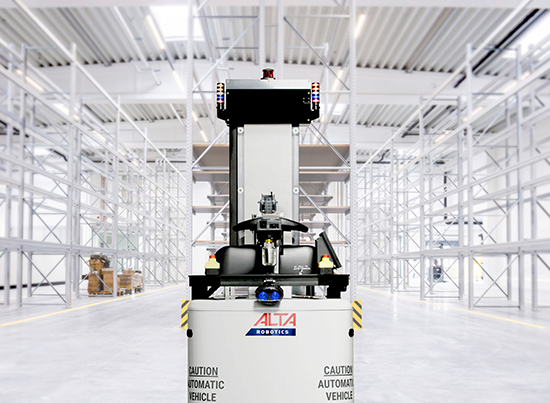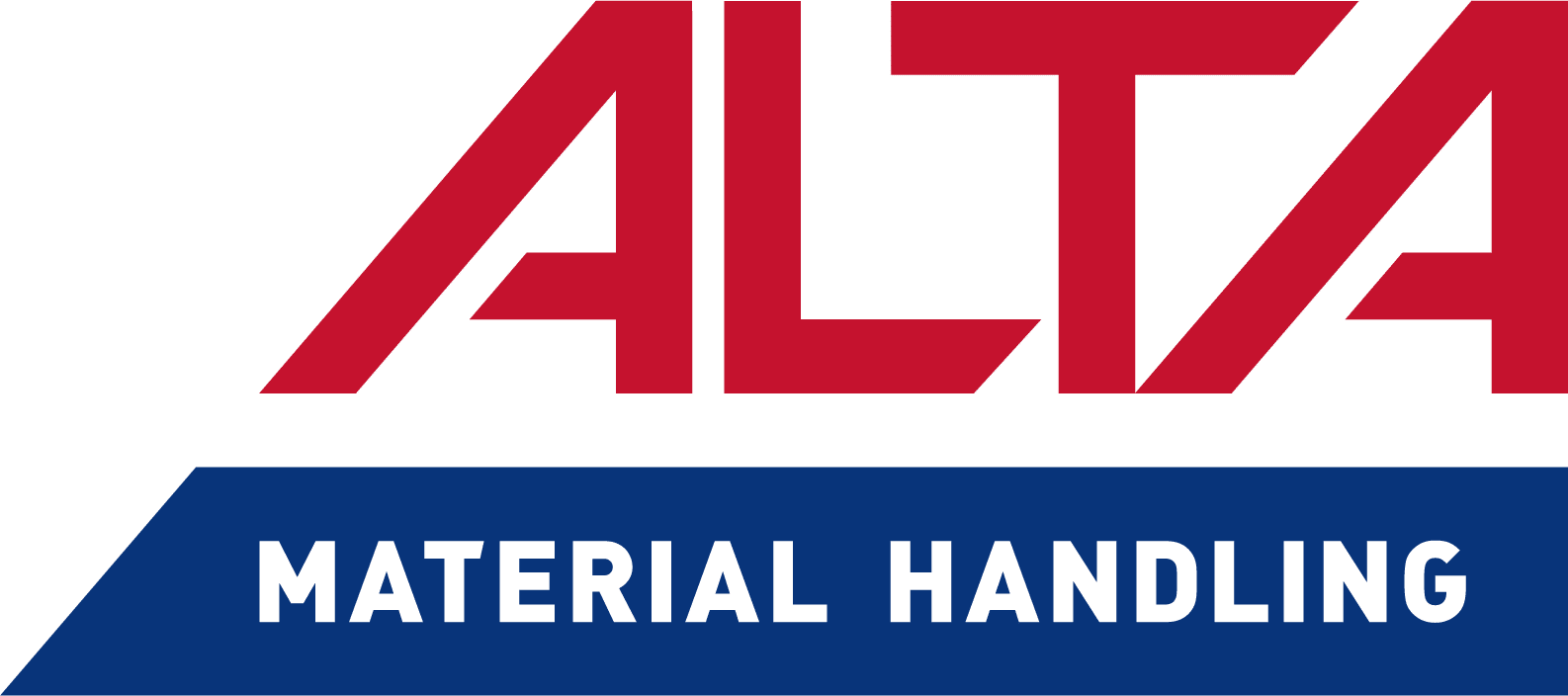Traditionally used in storerooms, Vertical Lift Modules (VLMs) are expanding their appeal to large-scale distribution activities.
They’re becoming an ideal mechanism for storing slower moving items, helping to maximize the warehouse footprint. The ability for VLMs to integrate to an order entry system or warehouse control system (WCS) further enhances productivity and improves accuracy in fulfillment.
VLMs can increase your retrieval time by lessening the manpower needed to find products, significantly reduces replenish/picking travel times while keeping your slow moving items well-organized and free from debris. All you have to do is enter the items you need and the system will deliver the tray of products right in front of you.
By storing up not out, VLMs help you save space using nominal square footage and incurring minimal construction costs when building a new facility.
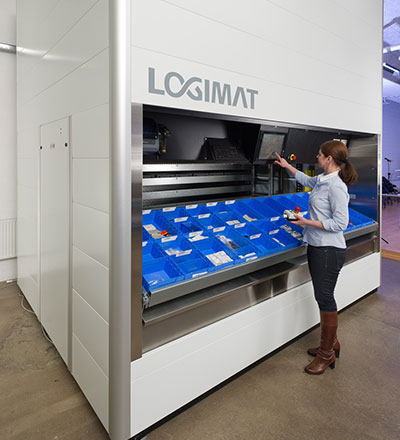
Photo Credit: SSI Schaefer
Think of it this way: If you can design a building using 200,000 square feet instead of 250,000 square feet, you’ll save 50,000 square feet times the cost of construction over the life of the building. With construction costs ranging from $50 to $70 per square foot, it’s easy to calculate the substantial savings VLMs offer.
Need customized attributes? VLMs can accommodate many needs, such as protective sprinklers, or temperature controlled trays. We’re seeing applications by manufacturers and distributors that store items like pharmaceutical samples, electronic supplies, and other parts that need to be kept in pristine condition.
As you think about your growing distribution needs, consider how VLMs may help optimize your operations. In the last 24 months, we’ve designed distribution integrations using Logimat® from Schaefer. The results have been successful. In one integration alone, our client was able to open up nearly 100 pallet positions, each valued at almost $1,000, using a VLM. The client has gained significant savings, increased capacity and fulfillment, reduced picking times, and decreased labor costs by using the VLM within their facility.
Our prediction is that VLMs will become a standard in distribution over the next 5-10 years.

